Introduction
The Public Support for Educational institutions play a pivotal role in shaping the future of societies by imparting knowledge, fostering critical thinking, and nurturing the potential of individuals. Public support for these institutions is crucial in ensuring their accessibility, quality, and sustainability. This support can come in various forms, including funding, policies, community engagement, and advocacy. This article delves into the multifaceted nature of public support for educational institutions and its significance in creating a robust educational framework.
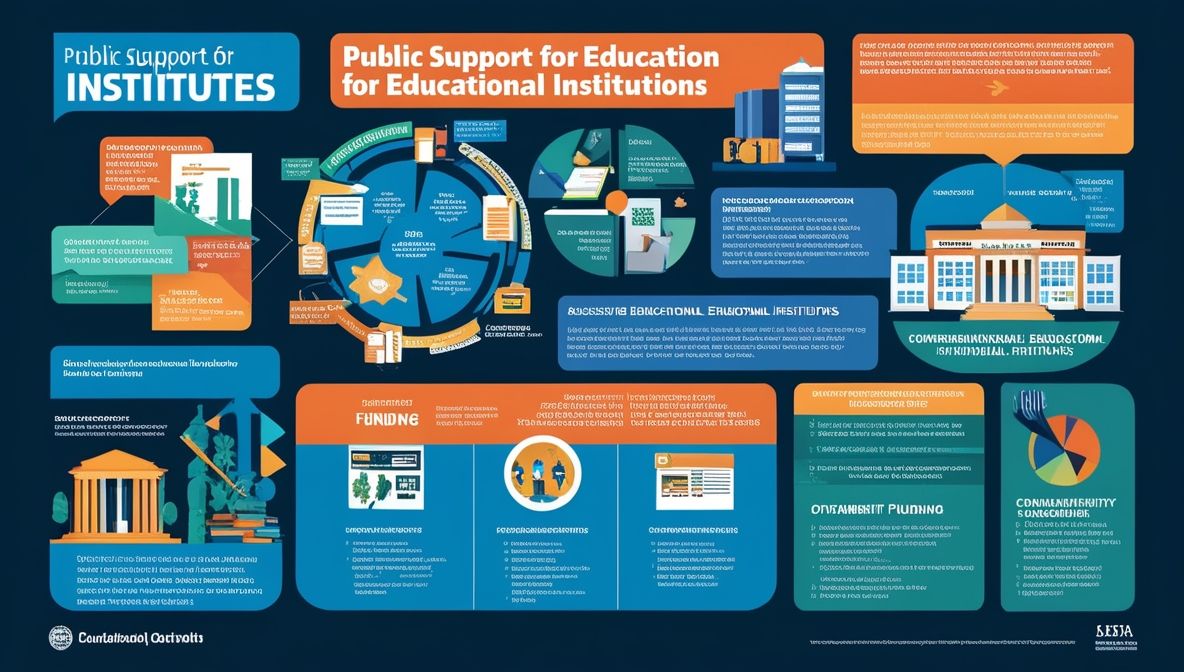
The Importance of Public Support
Public support for educational institutions is essential for several reasons:
- Accessibility and Equity: Public support ensures that education is accessible to all, regardless of socio-economic background. It promotes equity by providing resources and opportunities to marginalized and underserved communities.
- Quality Enhancement: Adequate funding and resources contribute to the enhancement of educational quality. This includes hiring qualified teachers, developing comprehensive curricula, and maintaining state-of-the-art facilities.
- Economic Growth: Education is a key driver of economic growth. A well-educated populace is more productive, innovative, and capable of contributing to the economy. Public investment in education is an investment in the nation’s future prosperity.
- Social Cohesion: Education fosters social cohesion by promoting understanding, tolerance, and respect among diverse groups. It helps in building a more inclusive and harmonious society.
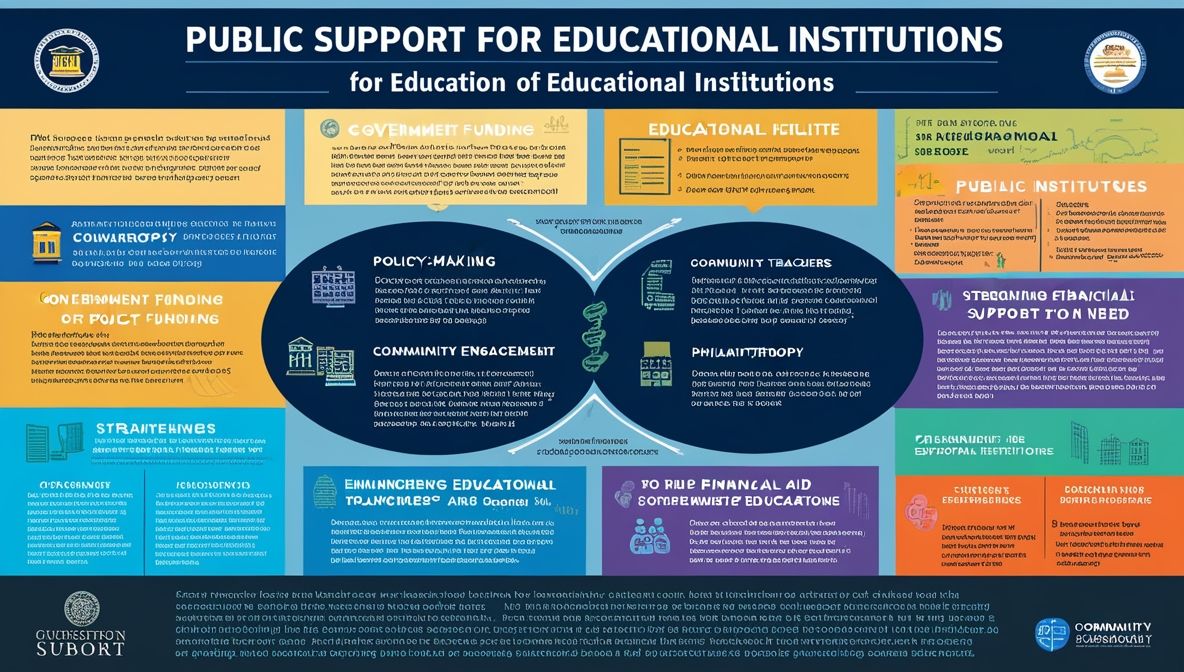
Forms of Public Support
Public support for educational institutions can manifest in various forms, each playing a critical role in sustaining and advancing education.
1. Government Funding
Government funding is perhaps the most direct form of public support. It includes budget allocations for educational institutions at the federal, state, and local levels. This funding supports:
- Operational Costs: Salaries for teachers and staff, utilities, and maintenance of school facilities.
- Infrastructure Development: Building new schools, expanding existing ones, and upgrading facilities.
- Educational Programs: Development and implementation of curricula, extracurricular activities, and special education programs.
- Financial Aid: Scholarships, grants, and loans to support students from low-income families.
2. Policy Support
Government policies play a crucial role in shaping the educational landscape. Effective policies ensure that educational institutions operate efficiently and effectively. Key areas include:
- Curriculum Standards: Setting national or state-level standards to ensure a consistent and high-quality education.
- Teacher Certification: Establishing requirements for teacher training and certification to maintain teaching quality.
- Accountability Measures: Implementing assessment and evaluation systems to monitor and improve school performance.
- Inclusivity Policies: Ensuring that schools are inclusive and cater to the needs of all students, including those with disabilities and special needs.
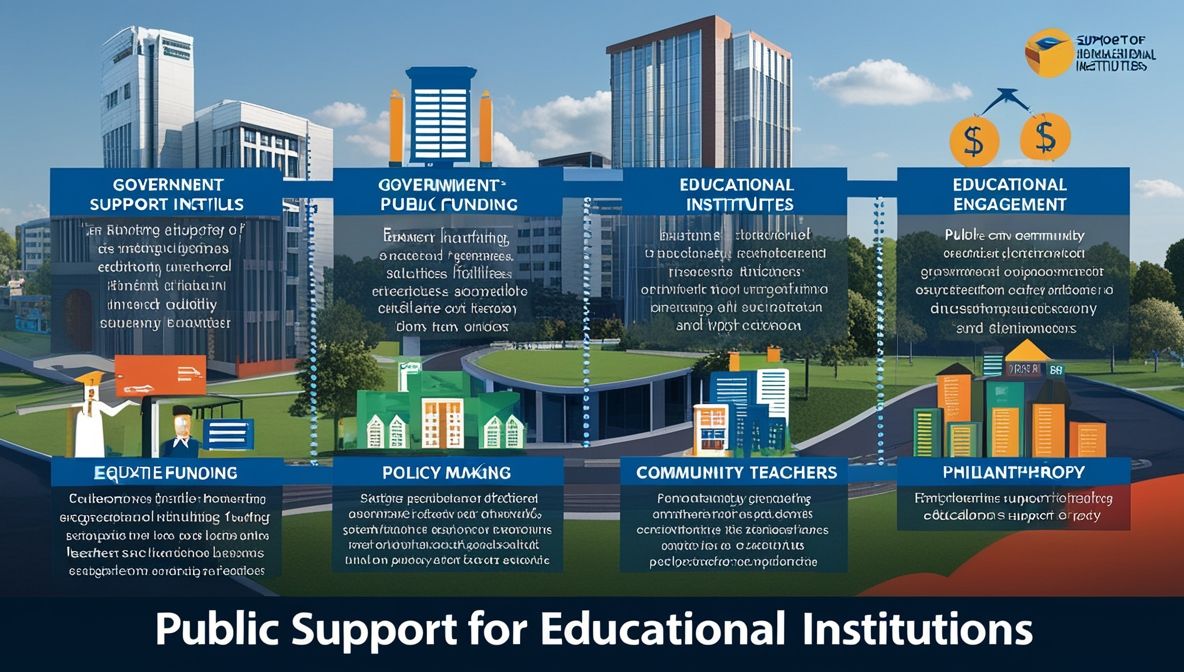
3. Community Engagement
Community involvement is another vital aspect of public support for educational institutions. When communities engage with schools, it creates a supportive environment that enhances educational outcomes. Community support can include:
- Volunteering: Parents and community members volunteering in schools, assisting with activities, and providing mentorship.
- Partnerships: Collaboration between schools and local businesses, non-profits, and community organizations to support educational programs and provide resources.
- Advocacy: Community advocacy for better funding, policies, and programs to support schools.
4. Philanthropy and Donations
Philanthropic contributions from individuals, corporations, and foundations also play a significant role in supporting educational institutions. These contributions can fund scholarships, research, infrastructure projects, and innovative educational programs.
Challenges in Public Support
While public support is crucial, educational institutions often face challenges in securing adequate support.
1. Funding Disparities
One of the most significant challenges is the disparity in funding. Schools in affluent areas often receive more funding due to higher local property taxes, while those in low-income areas struggle with limited resources. This funding gap exacerbates educational inequities.
2. Policy Inconsistencies
Inconsistent and short-sighted policies can hinder the progress of educational institutions. Frequent changes in educational policies and priorities can disrupt the continuity of programs and initiatives, making it difficult for schools to plan and implement long-term strategies.
3. Community Apathy
In some cases, a lack of community engagement and apathy towards education can undermine public support. When communities are disengaged, schools miss out on valuable resources, support, and advocacy that can enhance educational experiences for students.
4. Philanthropic Limitations
While philanthropy can provide significant support, it is often unpredictable and can come with strings attached. Reliance on philanthropic funding can lead to instability and may not always align with the needs and priorities of educational institutions.
Strategies to Enhance Public Support
To overcome these challenges and strengthen public support for educational institutions, several strategies can be employed:
1. Equitable Funding Models
Implementing funding models that ensure equitable distribution of resources is crucial. This can include state and federal funding formulas that allocate more resources to schools in low-income areas to bridge the funding gap.
2. Long-term Policy Planning
Developing long-term educational policies with bipartisan support can provide stability and consistency. Engaging educators, policymakers, and communities in the policy-making process ensures that policies are practical and address the needs of all stakeholders.
3. Strengthening Community Ties
Building strong relationships between schools and communities is essential. Schools can engage with local organizations, businesses, and parents through regular communication, events, and partnerships. Encouraging community members to take an active role in school governance can also enhance support.
4. Sustainable Philanthropy
Encouraging sustainable and strategic philanthropic investments can provide reliable support for educational institutions. Philanthropic organizations should work closely with schools to understand their needs and priorities, ensuring that donations have a lasting impact.
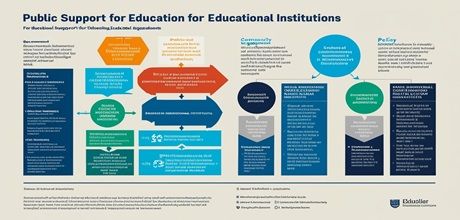
Case Studies of Successful Public Support
1. Finland’s Education System
Finland is often cited as a model of successful public support for education. The country invests heavily in its education system, providing equitable funding, high-quality teacher training, and a strong focus on student well-being. This holistic approach has resulted in consistently high educational outcomes.
2. Community Schools in the United States
Community schools in the U.S. are an excellent example of how community engagement can enhance public support for education. These schools integrate academic, health, and social services to support students and their families, creating a comprehensive support system that improves educational outcomes.
3. The Harlem Children’s Zone
The Harlem Children’s Zone (HCZ) is a non-profit organization in New York City that combines education, social services, and community-building efforts to support children and families in Harlem. Through a comprehensive approach, HCZ has significantly improved educational and social outcomes for its participants.
Conclusion
Public support for educational institutions is a cornerstone of a thriving society. It ensures that education is accessible, equitable, and of high quality. While challenges exist, strategic approaches can enhance this support, benefiting individuals and society as a whole. By investing in education through funding, policies, community engagement, and philanthropy, we can build a future where every individual has the opportunity to succeed and contribute to the greater good.
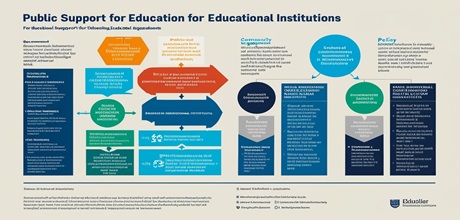
nadqwedytbqqexyydeixnhiqysnacy http://www.canalsud.net/local/couteau-suisse/online-casino-mir-azartnyh-razvlecheniy.html
v1w81m
h4qy7l
Good write-up, I am normal visitor of one?¦s website, maintain up the excellent operate, and It’s going to be a regular visitor for a long time.
hf52qo
l7p09u
I like this internet site because so much utile material on here : D.
Thanks for the sensible critique. Me & my neighbor were just preparing to do a little research about this. We got a grab a book from our area library but I think I learned more from this post. I’m very glad to see such great info being shared freely out there.
I take pleasure in, cause I discovered just what I used to be taking a look for. You have ended my four day lengthy hunt! God Bless you man. Have a great day. Bye
I have been absent for a while, but now I remember why I used to love this web site. Thanks, I will try and check back more often. How frequently you update your site?
Thanks for this post, I am a big fan of this web site would like to keep updated.
Keep working ,terrific job!
Hey there! This post could not be written any better! Reading through this post reminds me of my old room mate! He always kept talking about this. I will forward this write-up to him. Fairly certain he will have a good read. Many thanks for sharing!
I like this blog very much, Its a really nice billet to read and incur information. “Anyone can stop a man’s life, but no one his death a thousand doors open on to it. – Phoenissae” by Lucius Annaeus Seneca.
Appreciate it for this post, I am a big fan of this site would like to proceed updated.
I do consider all the concepts you’ve presented for your post. They’re really convincing and will certainly work. Nonetheless, the posts are very quick for starters. May you please lengthen them a little from subsequent time? Thank you for the post.
What¦s Going down i’m new to this, I stumbled upon this I’ve found It absolutely useful and it has aided me out loads. I’m hoping to give a contribution & assist other users like its aided me. Good job.
I will immediately grab your rss as I can not find your email subscription hyperlink or newsletter service. Do you have any? Kindly permit me recognize in order that I may just subscribe. Thanks.
Nice blog here! Also your site loads up very fast! What web host are you using? Can I get your affiliate link to your host? I wish my web site loaded up as quickly as yours lol